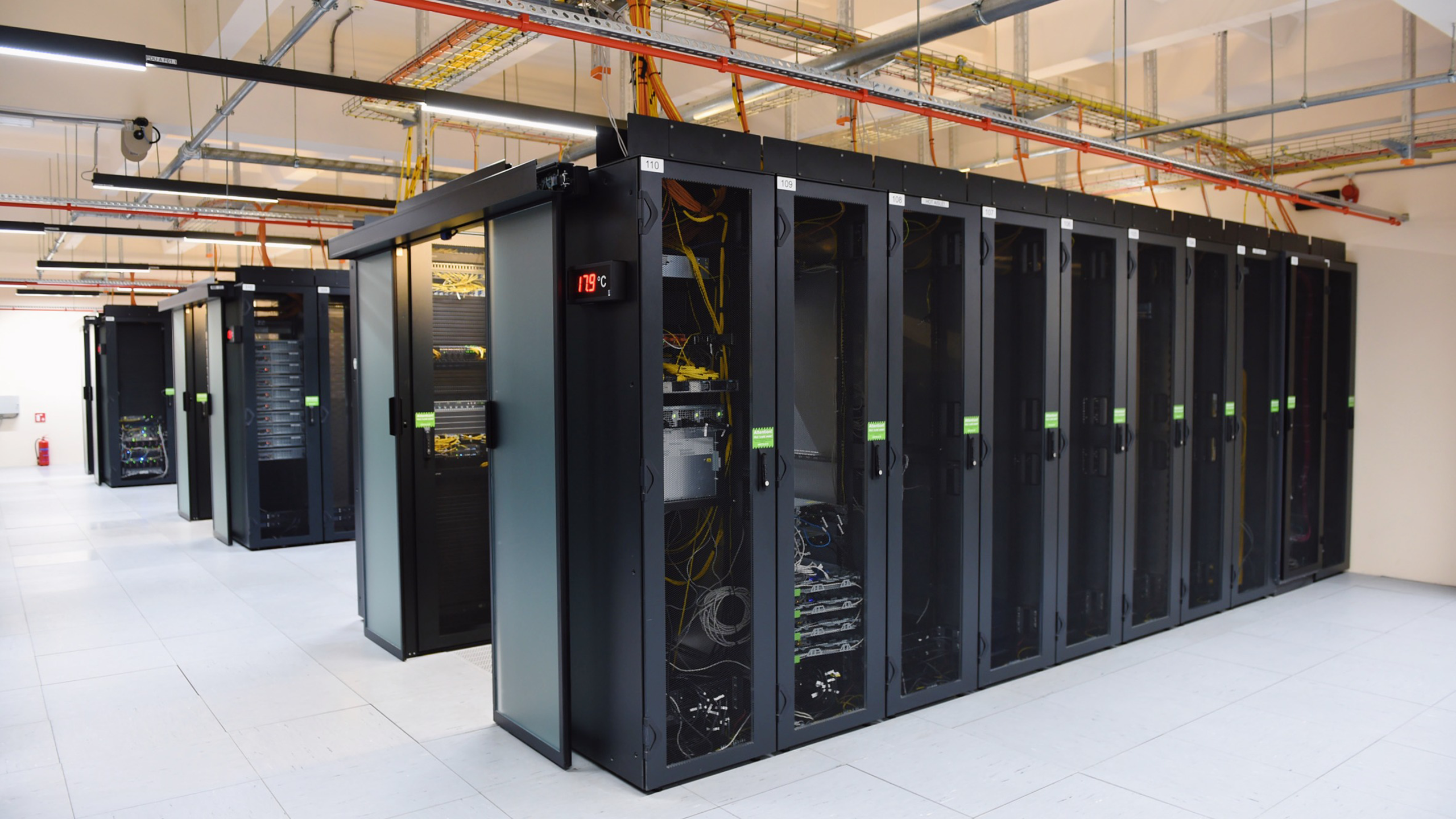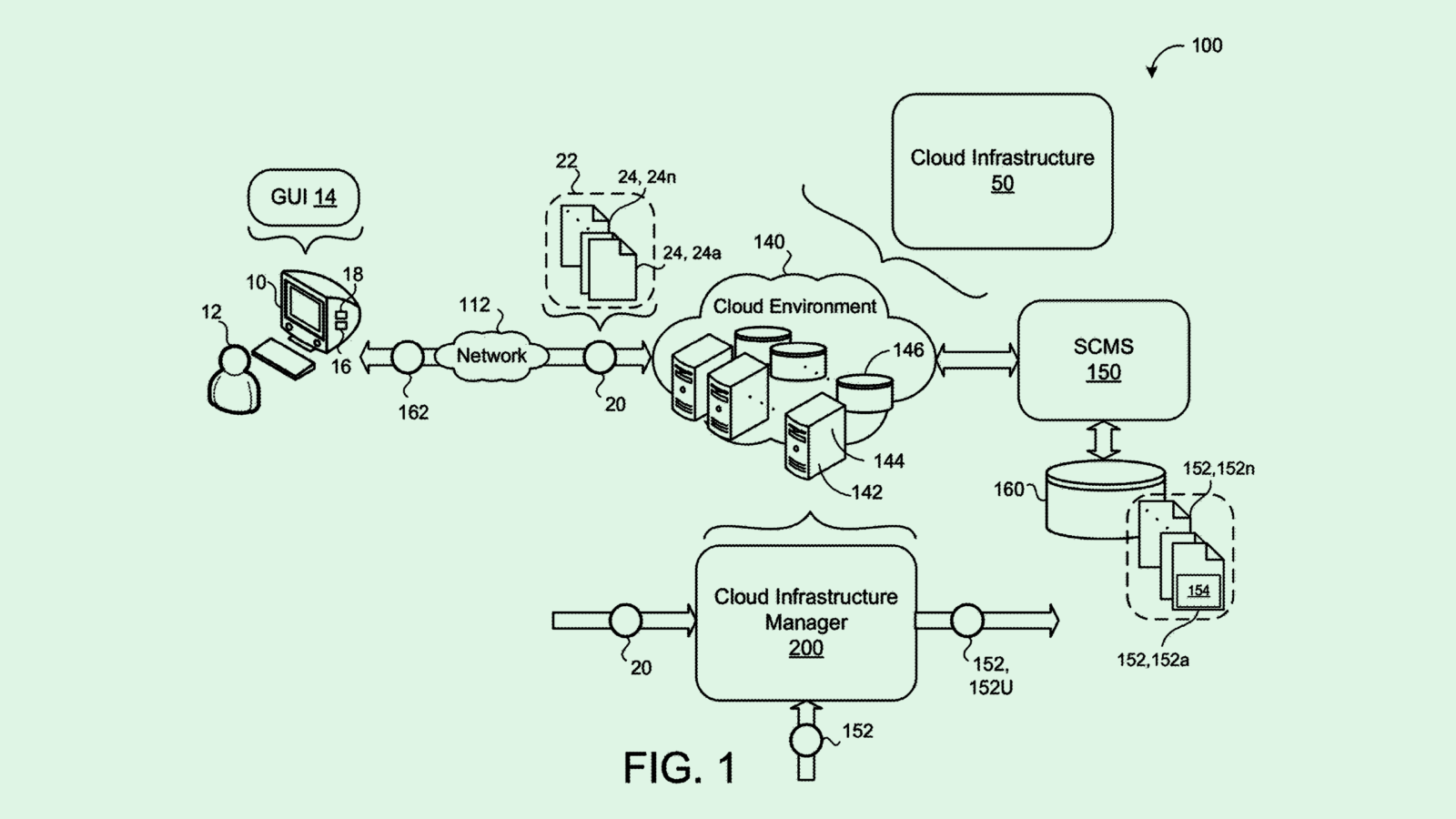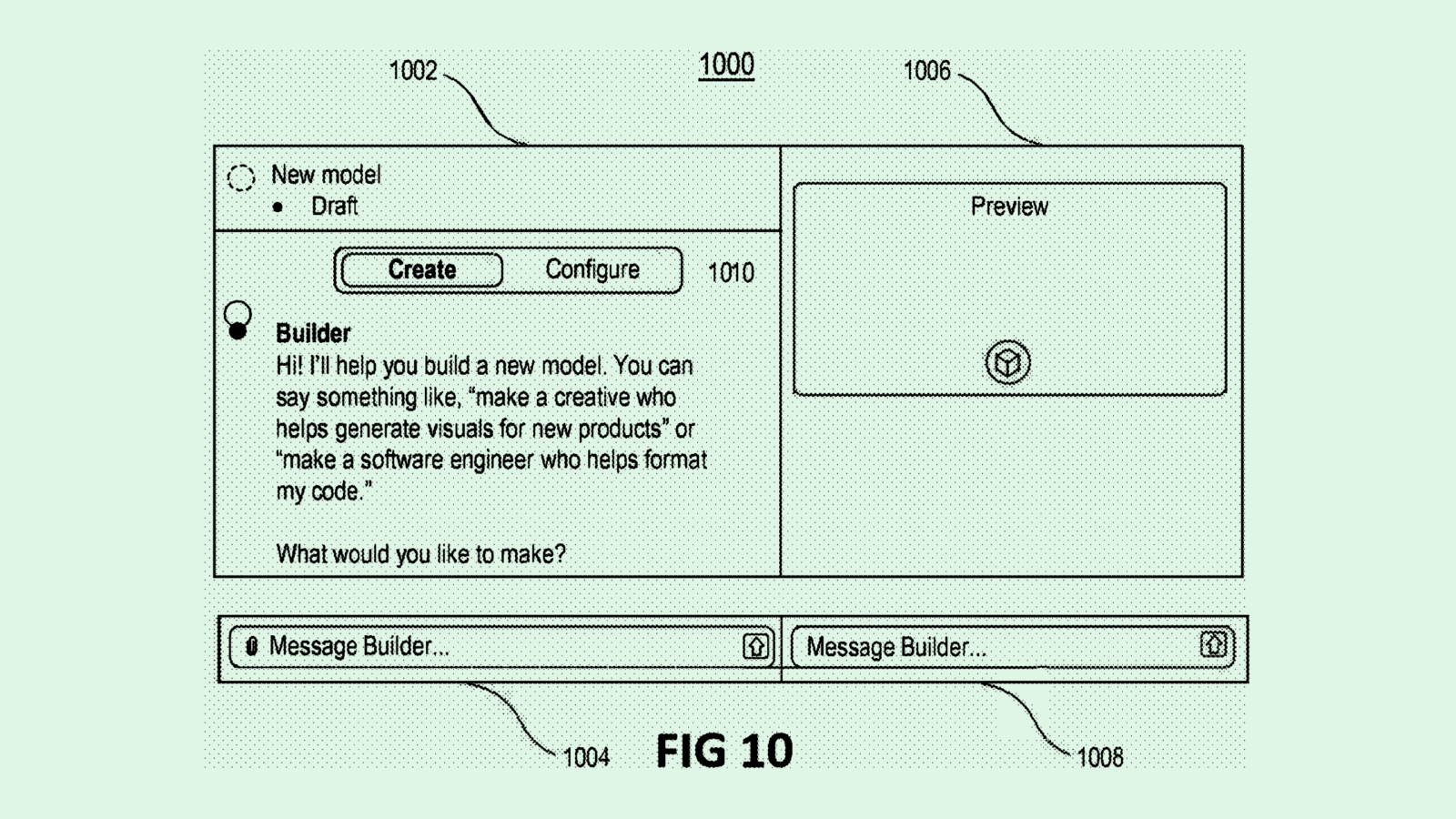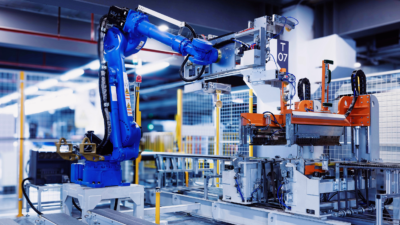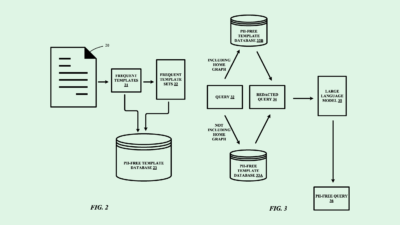With Cloud Infrastructure, How Much is Too Much?
Massive AI infrastructure investments are a “gamble on the future.”
Sign up to get cutting-edge insights and deep dives into innovation and technology trends impacting CIOs and IT leaders.
Data centers are burning through cash.
As AI and cloud demand continue their meteoric rise, infrastructure costs are following the same trend. Research from the Dell’Oro Group found that data center capital expenditures jumped 51% in 2024 to $455 billion, and could reach as high as $1 trillion by 2029. Hyperscalers’ deployment of servers for AI training workloads accounted for most of the growth last year.
With these eye-popping investments showing no signs of stopping, is the payoff ensured? The answer is unclear, said Trevor Morgan, chief operating officer at OpenDrives.
“This is an investment – a gamble on the future,” said Morgan. “The question is, when is the bubble going to burst? We don’t know what AI is really going to do. We don’t really know how it affects anybody’s workloads or workflows yet.”
Over the next three years, Morgan said, mainstream businesses will figure out where, exactly, AI fits into their structure “beyond the very simple ChatGPTs.” Once that picture is clearer, cloud industry hyperscalers like Amazon Web Services, Azure and Google will figure out whether they’ve invested too much or too little, he said.
- As of now, “they’re planning for companies really adopting next-generation data strategies, AI and otherwise,” said Morgan. But the path to adoption has been far from simple, with AI costs bloating tech budgets with unclear returns.
- Plus, many enterprises are still trying to figure out their “perfect hybrid” strategy, striking the balance of on-premises versus cloud storage and processing. “Most companies are still trying to figure out where cloud fits into their operations,” said Morgan.
Similar to the initial boom and bust of the dot-com era, things may get complicated if AI hits a “trough of disillusionment,” Morgan said. “They’re going to invest a trillion dollars potentially into this, when you have a lot of businesses saying, ‘Well, maybe we need to put a pause on this until we figure all of this out.’ That’s kind of dangerous.”
While that would be painful for the cloud and data center providers, enterprises may stand to gain if the value of data center capacity starts to depreciate, said Morgan. If enterprises become less willing to shell out for AI and cloud costs, falling demand would “put pressure on (cloud providers) to keep their rates very competitive,” he said.
And with companies weighing their cloud costs as it stands, “it may break down some of this really prohibitive pricing and it could lead to more general scale adoption of cloud,” said Morgan.
